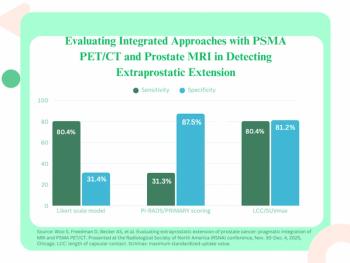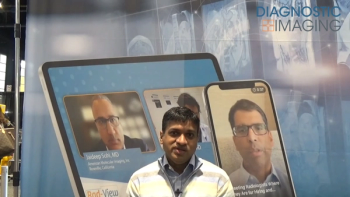
Radiologists have plenty of CT dose-reduction resources
The topic of radiation dose reduction in CT scanning has produced an abundant literature. One practitioner alone, Dr. Manudeep K. Kalra, head of the Massachusetts General Hospital's CT dose protocol optimization program, has published about 50 papers on the topic.
The topic of radiation dose reduction in CT scanning has produced an abundant literature. One practitioner alone, Dr. Manudeep K. Kalra, head of the Massachusetts General Hospital's CT dose protocol optimization program, has published about 50 papers on the topic.
Kalra has published what could be considered the most extensive review of CT radiation dose optimization strategies. The paper provides risk projections for CT use in the U.S. and abroad and a review of the most relevant dose-reduction techniques addressed by the clinical literature, many of which are used in daily practice. These include scanner geometry, scanning modes, collimation, table speed, and gantry rotation time; applications based on patients' body mass; shielding and dose reduction based on organ systems; and technology advances (Radiology 2004;230[3]:619-628).
In one specific study, Kalra and colleagues assessed the noise reduction effect of filtering protocols for chest CT scans of human subjects acquired with a 50% dose cut. They found the postprocessing of low-dose CT scans using six different noise reduction filters allowed for diagnostic-quality images in the lung fields, mediastinum, and chest walls. Albeit imperfect, all images showed better contrast-to-noise and signal-to-noise ratios compared with the baseline low-dose CT images (Radiology 2003;228[1]:257-264).
Newsletter
Stay at the forefront of radiology with the Diagnostic Imaging newsletter, delivering the latest news, clinical insights, and imaging advancements for today’s radiologists.



























